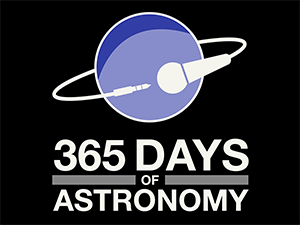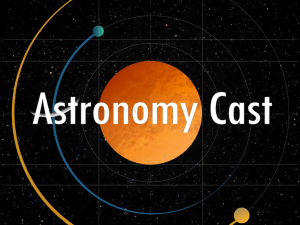
While our solar system seems to be a fairly safe place today, this is just a fluke of when we are alive. Turn back time, and massive asteroids have hit every continent of our world, leaving evidence of mass killing events of many sizes. Turn time back even more, and you’ll reach the heavy bombardment when massive asteroids were hitting everything in our solar system so often that our surface was somewhat gooey from the excess heat. It was a bad time to be a planet, but the fact that those planets got to form actually tells us that the corner where our solar system formed was as bad as it might have been.
New research looking at the Flame Nebula using the Hubble Space Telescope has discovered that stars forming after the most massive stars and within their garish light are pressured by that light to not form planets. Literally, the pressure of that light pushes out material that might have formed planets and leaves behind stars that will lack worlds.
The moral is: don’t try and build yourself up in someone else’s light, at least not if you’re a star. It’s best to be somewhere dark where you can pull yourself together to shine without too much interference.
More Information
NASA press release



